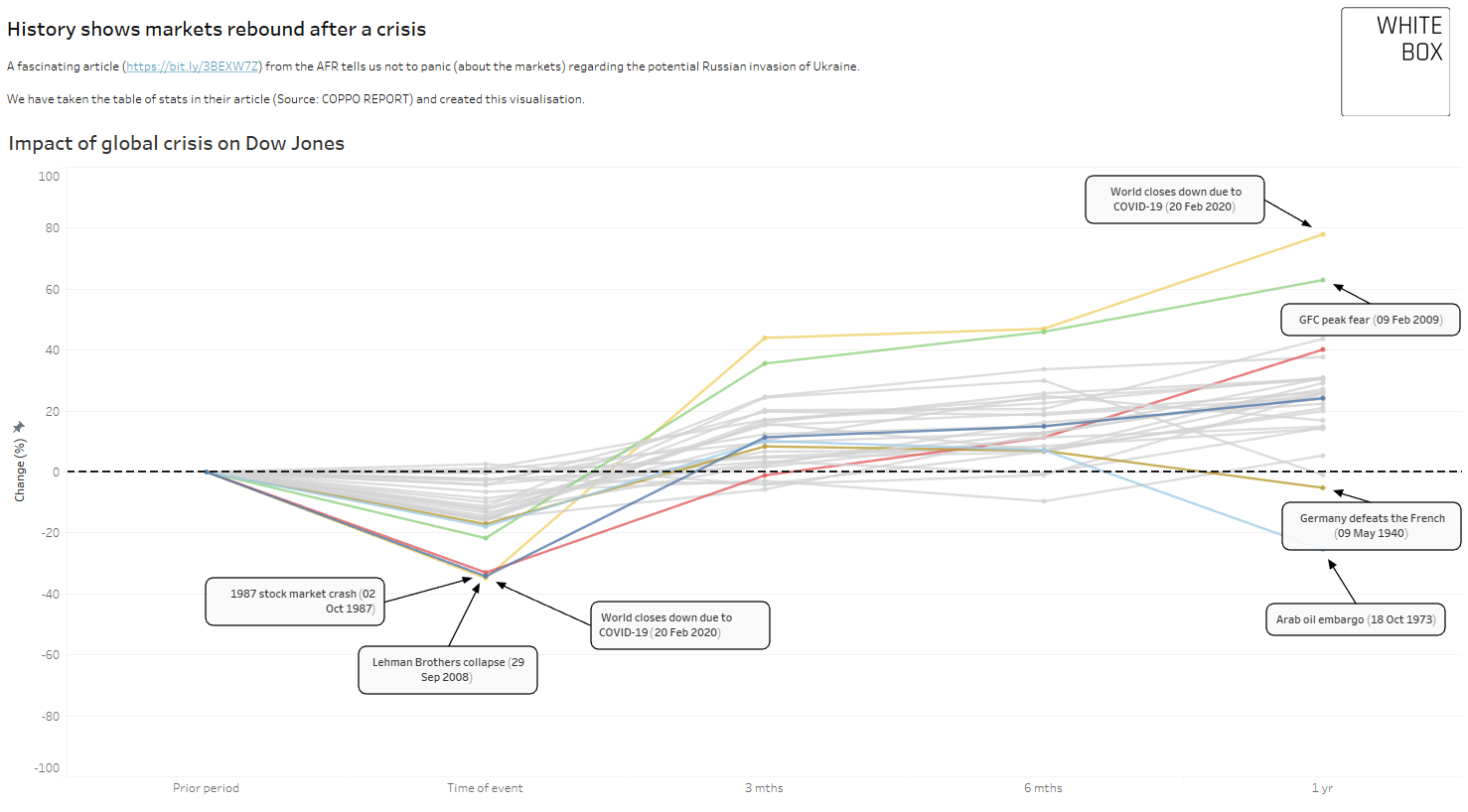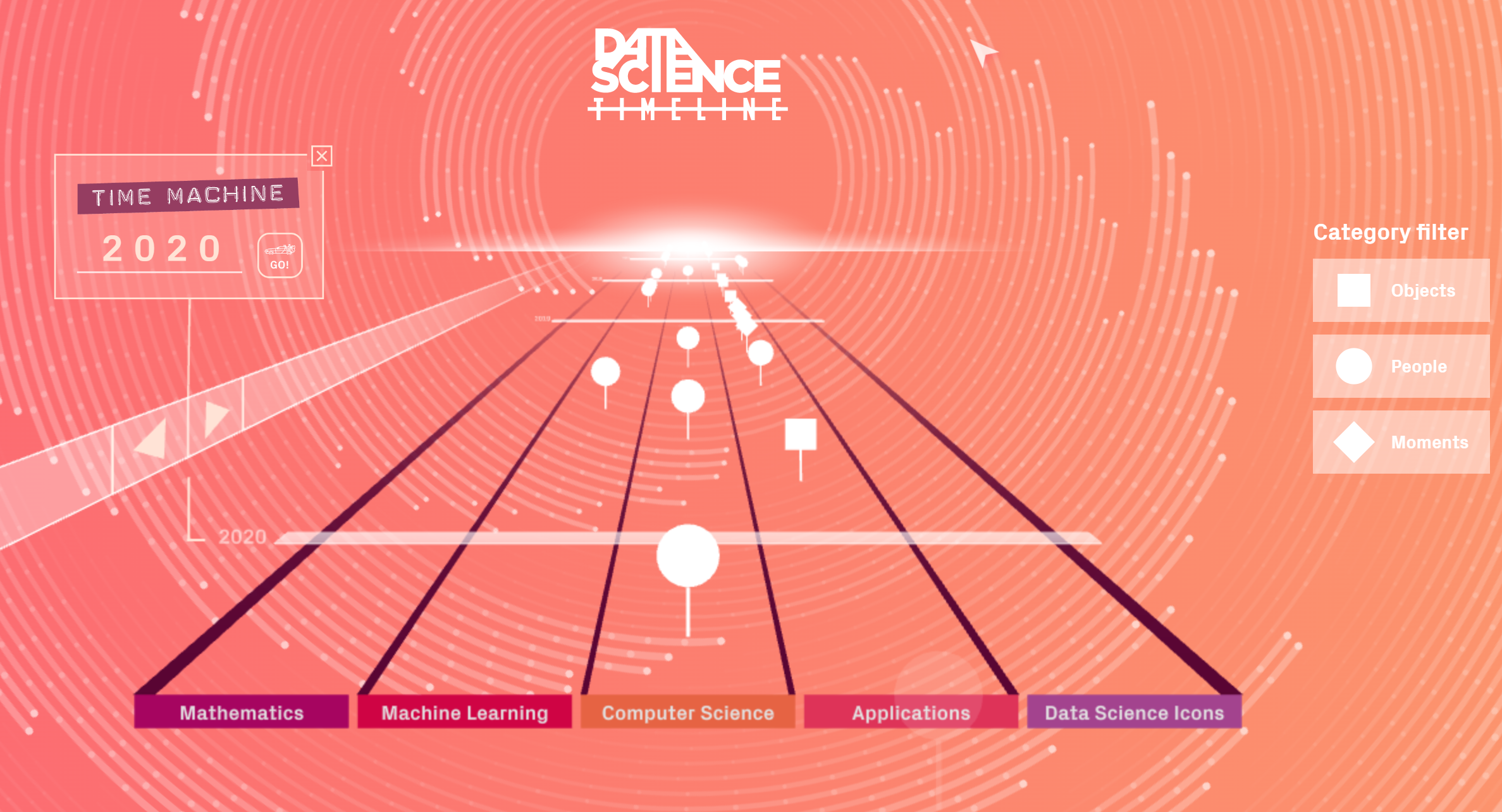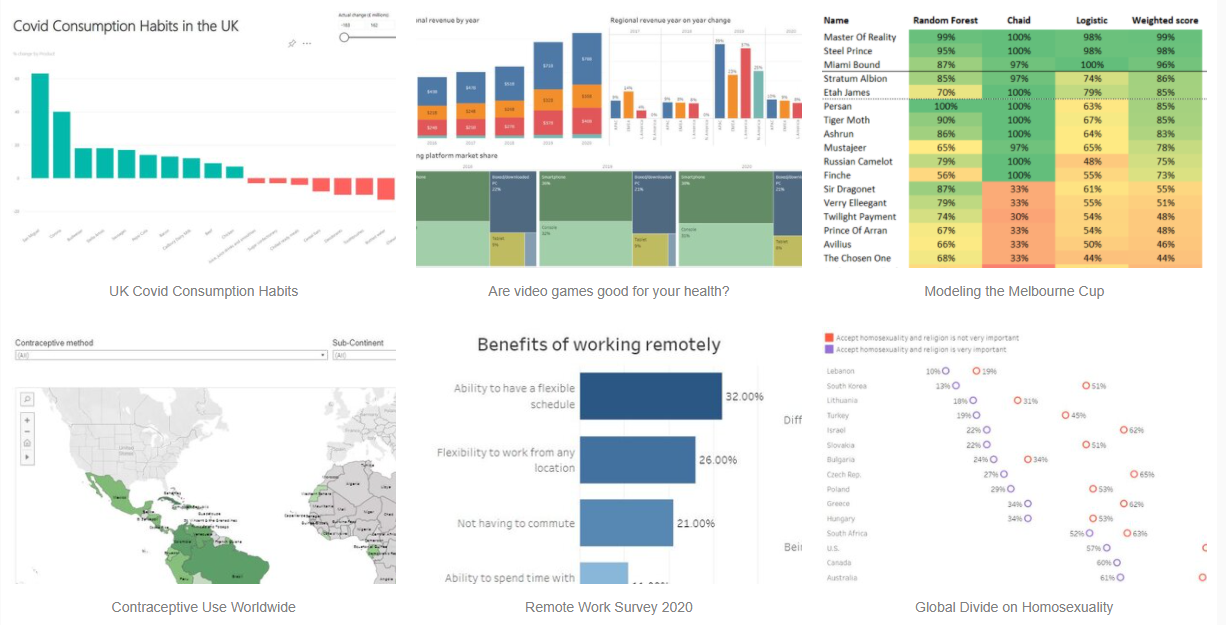Data Silos - What they are, why they're a problem, and what you can do about them.
[ Topic includes - data silos , customer journey , marketing , integrative marketing , single customer view , traditional vs modern media , marketing mix modelling ]
A data silo is data that is stored in an individual or lone database, whether that be a website or cloud-based service, that is not integrated or understood in the context of the entirety of a businesses operation or available data sources. This makes it extremely difficult to understand the full picture when it comes to customer interactions with a company, and can lead to inefficient and/or ineffective strategy.
Aristotle first coined the phrase that the whole is always greater than the sum of the parts. This saying applies to data, and such a synergy cannot be made without de-siloing your data sources.
Problem
Understanding customers’ entire journey, from first impressions to purchase, and how to integrate different touch point interactions (siloed data) into a single customer view.
Solution
Creating a single customer view by sourcing and collating all data points, identifying a common identifier (name, email address, phone, IP address etc) and combining them to get a deeper and clearer understanding of customer interactions and decisive moments in their customer journey.
Why is siloed data a problem?
If the data you are using to understand and engage with customers is siloed, this means you are incorporating and utilising a 2-dimensional viewpoint in a much more intricate, 3-dimensional environment. The likely outcome of this is delivering a message which is untimely, impersonal, and likely irrelevant to that particular customer.
Before the onset of technology, the only interaction a business could have with customers were through their physical stores, brochures and potentially newspaper, billboard, TV and radio ads (traditional media), depending on budget. In the 21st century, there are potentially hundreds of interactive touch points, from social pages and ads, search engine queries and promotions, offline interactions, eDMs, and traditional media, to name a few.
As a result, if the only data you are incorporating into your strategic decision making is website traffic, as an example, you will not be able to attribute the success of your other marketing efforts to those conversions.
The customer journey doesn’t occur in a straight line. Understanding this journey is only possible through an understanding of each touch-point interaction, including offline behaviour.
The benefits of de-siloing your customer data
Prospective and actual customers interact with businesses in many different ways. By understanding and mapping out these interactions in a structured way, you can start making better strategic marketing and business decisions.
For example, once you integrate all of your data together, you might realise that customers take far longer to order online compared to the time it takes to purchase in-store. This might prompt an investigation where you discover that customers don’t feel your online store experience matches the physical store they are used to, or that they don’t perceive your payment process to be secure.
By knowing these metrics, your assumptions can be tested properly to determine whether they are in fact correct, and if not, what can be done to improve the situation.
Integrating data sources allows for the right information to be communicated at the right time, regardless of customer channel of choice.
How we treat data silos at White Box
Understanding you have data silos comes from an understanding of all of your data sources, where they are located, and how they are currently used in your business. Although there will be a desire to have everything linked and available at all times, this is rarely useful. Instead, we think about what component parts of each data source are crucial right now and which ones can be brought in (with ease) at a later stage.
This process starts with a data audit that determines the quality, quantity, complexity and common linking variables of those data sources. We work with the client to understand their current infrastructure and business goals, helping them formulate a solid plan to bring data together now and the future.
We have found many clients have benefited from working with us as we use tools and processes which simplify and even automate processes, and that strategically align with the resources available to them on an ongoing basis. That is to say, there is no one size fits all approach, and the ability to personalize deliverables means that the solution brings invaluable insights, creates quick wins which can be achieved with the resources available following project delivery, and reduces the amount of tireless uploading and downloading of reports and customer lists as these components become automated.
We hope you enjoyed this read and encourage you to consider if your business is being held back, like 62% of all businesses according to Google Think, by data silos.
If you’d like help with understanding how best to use your data, then please get in touch.













